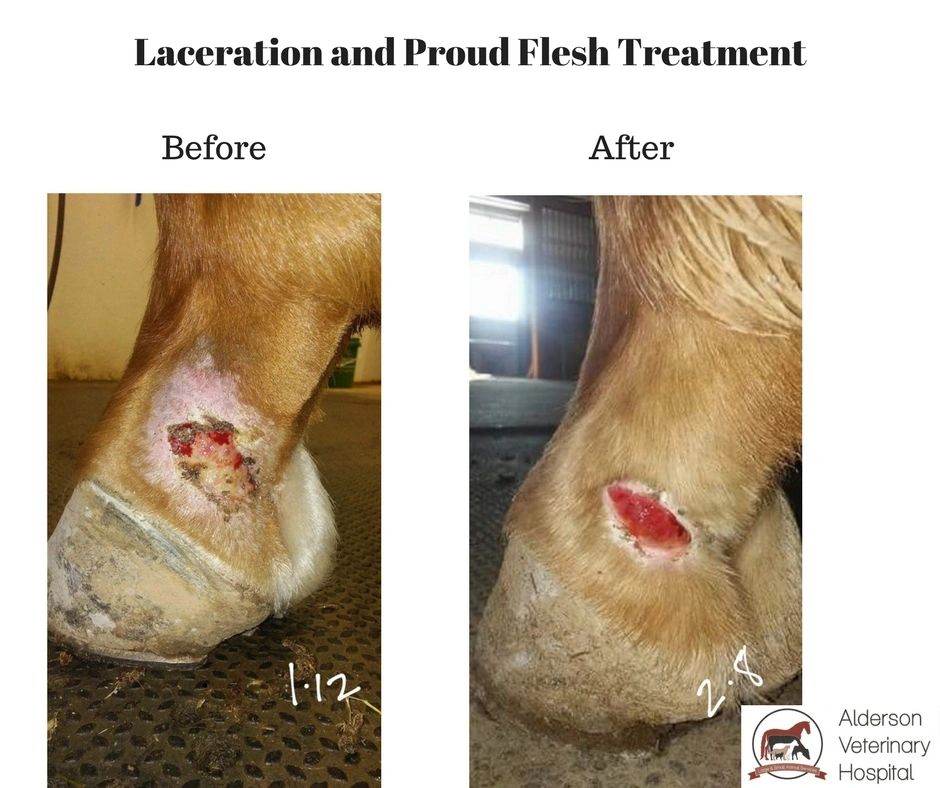Checking Out the Holistic Method of Equine Therapy for Individual Growth
Checking Out the Holistic Method of Equine Therapy for Individual Growth
Blog Article
Evaluating the Efficiency of Laser Treatment in Horse Therapy for Injury Rehab
The evaluation of laser therapy's effectiveness in equine injury rehab rests on multiple aspects, consisting of healing time, pain reduction, and tissue regeneration. Clinical researches suggest significant improvements in problems like tendonitis and osteoarthritis, credited to improved mobile feature and elevated ATP manufacturing. Vets frequently observe premium end results with laser therapy compared to standard methods, placing it as a critical element in equine care. The requirement for constant monitoring and personalized therapy strategies can not be overemphasized. What particular clinical evidence sustains these cases, and just how do vets execute these methods in method?
Recognizing Laser Therapy
Laser treatment has become a crucial device in veterinary medication, particularly in the treatment of equine problems. Known for its non-invasive nature and effectiveness, laser therapy includes the application of details wavelengths of light to boost cells repair service and reduce swelling. This healing modality is increasingly preferred for its ability to accelerate the healing procedure in steeds suffering from a range of musculoskeletal injuries and persistent problems.
The primary system behind laser treatment is its capability to boost mobile features. When laser light passes through the skin, it is taken in by mitochondria, the powerhouse of cells, which causes increased production of adenosine triphosphate (ATP) This biochemical energy boost assists in cellular fixing and regrowth. In addition, laser treatment advertises vasodilation, boosting blood circulation and oxygen delivery to broken cells, therefore speeding up recovery.
In equine medication, laser therapy is specifically valuable for problems such as tendonitis, osteoarthritis, and injury recovery. The method is lauded for its pain-relieving buildings, enabling horses to restore movement and function extra swiftly. Veterinarians also value its very little adverse effects compared to various other treatment techniques, making it a dependable and secure alternative for equine treatment.

Exactly How Laser Treatment Works

Upon absorption, these photons trigger a collection of biochemical changes, boosting mitochondrial function and bring about increased adenosine triphosphate (ATP) production. This surge in ATP accelerates cellular metabolic rate, advertising cells fixing and regrowth. In addition, laser treatment regulates inflammatory reactions by impacting cytokine degrees and minimizing oxidative tension, thereby minimizing pain and swelling.
One more significant aspect of laser therapy is its function in enhancing microcirculation. The treatment advertises vasodilation, boosting blood circulation and oxygen delivery to broken cells (Equine Therapy). This assists in the removal of mobile particles and sustains the expansion of fibroblasts and collagen synthesis, critical for injury healing
Medical Proof
The effectiveness of laser treatment in equine therapy has been corroborated via different medical research studies, showcasing its therapeutic prospective throughout a variety of conditions. A research carried out by Turner et al. (2012) showed that equines treated with low-level laser treatment (LLLT) for ligament injuries exhibited increased recovery compared to those obtaining conventional therapies.
Similarly, study by Johnson and associates (2015) reference concentrated on equine muscular tissue injuries, exposing that laser therapy dramatically sped up muscular tissue fiber regrowth and minimized muscular tissue stiffness. These findings were proven by histological analyses revealing enhanced muscle mass tissue company. Clinical evaluations have actually shown that laser therapy can relieve persistent conditions such as osteoarthritis. A study by Smith et al. (2018) reported that horses with osteoarthritic joints experienced noteworthy discomfort relief and boosted series of activity following a program of laser treatment sessions.
Vet Insights

Vets likewise value the flexibility of laser treatment. She directs out that laser therapy can be customized to the specific demands of each horse, ensuring optimum results.
In addition, vets value the ability to integrate laser treatment with other treatment methods. This multimodal technique can improve overall therapy effectiveness, giving an extensive remedy for equine rehabilitation. Such endorsements from seasoned experts emphasize the growing acceptance and application of laser treatment in equine medication.
Practical Considerations
A crucial aspect of carrying out laser treatment in equine therapy includes recognizing the useful considerations that ensure its efficacy and safety and security. It is crucial to pick the proper laser gadget, as numerous kinds differ in wavelength, power, and penetration depth. Vets have to be well-versed in these specifications to tailor therapy protocols effectively per injury type
Moreover, the regularity and period of laser therapy sessions require mindful preparation to optimize restorative advantages while lessening any type of possible adverse effects. Regular tracking of the equine's feedback to treatment can guide essential modifications in the treatment program. Developing a secure and regulated atmosphere This Site during treatments is also vital to prevent unexpected direct exposure to laser discharges, which can harm both the horse and the trainer.
Training and qualification of personnel administering laser therapy are paramount to make sure correct method and to maintain safety criteria. In addition, preserving precise records of each session, consisting of laser settings and observed outcomes, is vital for examining the overall efficiency of the treatment and for making data-driven choices.
Final Thought
Laser treatment has emerged as a reliable modality in equine injury rehabilitation, providing considerable benefits in healing time, discomfort alleviation, and cells recovery. For optimum outcomes, continuous tracking and customized therapy methods remain vital in leveraging the complete potential of laser therapy in equine care.
Report this page